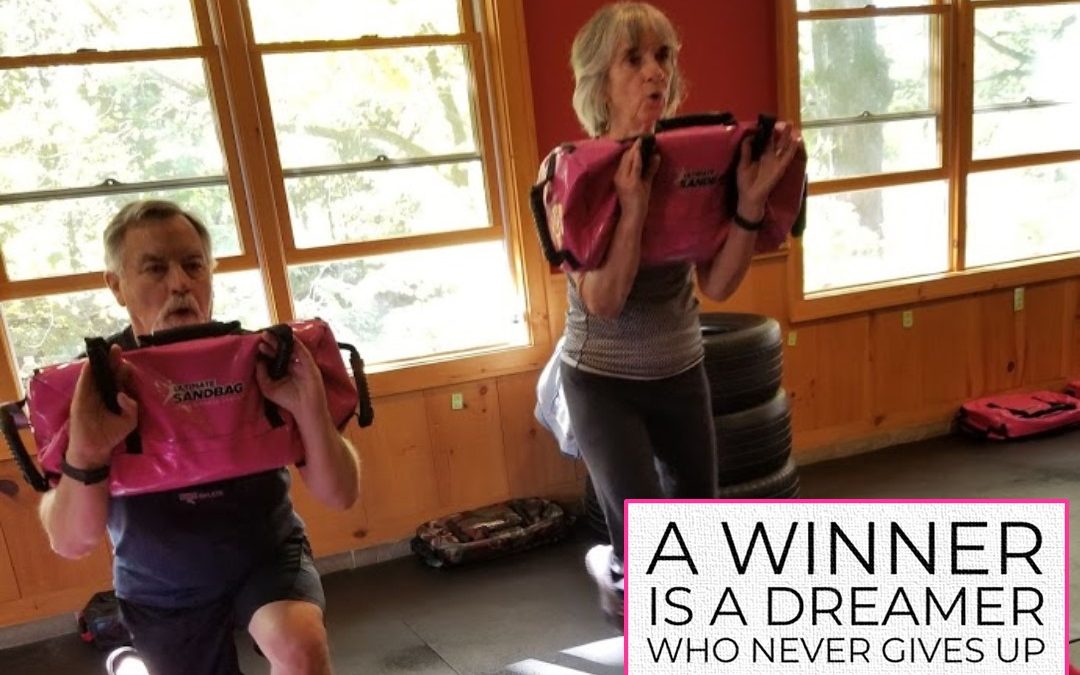A squat is a squat is a squat. Hmm, yes and no. The actual movement of a squat is the same; grab the floor with your toes, push your hips back, and push your knees out as you bend your knees, hips, and ankles and lower your body. That’s your standard squat. However, when we use a tool (i.e. kettlebell, sandbag, etc.) we can change the intensity of the squat movement and the placement of this tool makes that different.
Your standard body weight squat has no additional load other than your body weight. Adding anything to your body would of course make the movement harder. Where we put that load makes a difference. Let’s talk kettlebells first. Your standard kettlebell squat is with your arms straight down and the kettlebell between your legs. The position of the kettlebell directly under your center of mass (belly) keeps the load close to you and close to the floor – no added stresses to your back or core if your form is correct. When you put this kettlebell in the Goblet position you are now putting the load above your center of mass and this makes it harder on your core to control your movement, thus – more core activation. Now if we take that kettlebell and put it on one shoulder in the rack position, you are unevenly loaded. This uneven load on only one side of your body requires your opposite side to work harder to maintain your proper position, thus – more whole body activation. Seeing how this works?
If we’re talking sandbags, the concept is similar. A bear hug squat keeps the load directly against your body and engages your lats so you get additional core activation (bonus!). When we position the sandbag in the front loaded position (clean it up to your arms & hold it against your body), we are activating the lats and requiring our core to work harder to maintain proper posture when the load is above your center of mass (like the Goblet squat). Placing the sandbag on one shoulder similarly works your body like a kettlebell shouldered squat. Load placement matters.
Understanding how load placement can change the intensity of the movement, we can understand why we always start with a bear hug squat or arms straight down kettlebell squat. There are less variables to account for when performing the squat using those two load placements. Over the course of an exercise program you can progress to many of these squat variations. You can also change your foot position as a progression to change the intensity. Progressing the movement by changing the load position and your foot position totally changes how your body has to work and coordinate muscles so you can squat.
So yes, squatting is simple and a squat is a squat, but not all squats are created equal.

